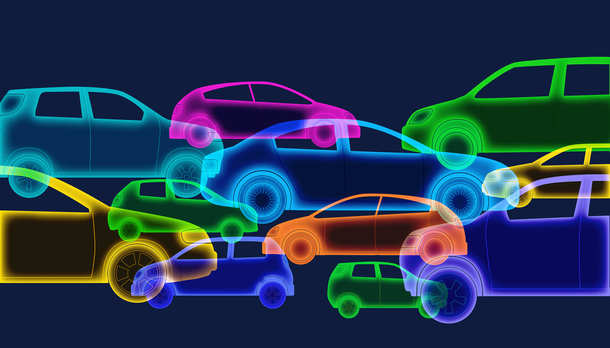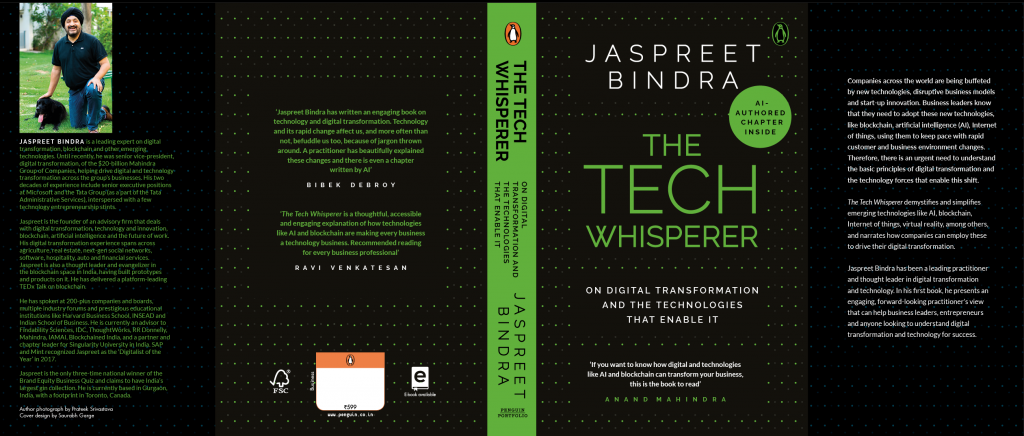Driverless cars: A whole new marketing channel
Jaspreet Bindra
There are structural changes and disruption that the auto industry is going through not only in India, but globally and eventually this will impact the turns marketing will take, and also enter some new lanes marketing has not ventured before.
There are three tectonic forces hitting the auto industry simultaneously, and even one of them would be powerful enough to disrupt the entire industry. This powerful trifecta of forces are: fleets represented by app-based Cabs -on-demand, electric replacing IC engines, and finally, autonomous or driverless cars. A lot is written and said about the first two – the shared economy phenomenon, and the advent of electric. Not much attention, however, is paid to the third major disruption – driverless or autonomous cars. Most of us tend to believe that this is something which will never happen in India or will take a huge amount of time.
That might be true, the Indian road system is not exactly built for the efficient functioning driverless automobiles. Having said that, let’s say autonomous cars happen one day as predicted by many, and like with all things technology, mostly it will happen faster than we think. In fact, we have had ‘autonomous vehicles, for a very long time – they were called elevators. And elevators, besides getting us up and down faster, also impacted the real estate industry. The cityscapes changed, central business districts became more and more vertical and the real estate industry changed forever. ‘Horizontal’ autonomous cars will do the same, the real estate industry will change again. Town centers will not be as important or pricey, as suburbs become more accessible. Suburb living will become more attractive, and cities will expand.
Beyond just automobiles and real estate, autonomous cars will change large swathes of the economy around us – retail, insurance, food delivery, logistics, airlines, hotels and a bunch of others. For example, short haul airline routes might not be viable, or highway hotels would go out of existence. All of this will present great challenges, as well as great opportunities, for marketeers. Let us delve into a few of them.
Autonomous cars will become a new marketing medium. In some sense, the car will become the new living room, with the lounging space and a host of entertainment options, and multimedia screens dotting every available surface inside the car. This will give a range of cross-channel opportunities for digital marketers, that could combine the offline and online mediums. There could be seamless advertising across car screens and billboards that the cars pass by. As the car nears a retail outlet, the two could communicate with each other to alert the passenger of discounts and offers. Your phone, the car and physical outlets would work with each other seamlessly and present great marketing opportunities using connected IOT devices. Targeted advertising could mean something totally new, as the vehicle itself could be ordered (with consent, of course) to take the passenger directly to a new restaurant or outlet for introduction offers.
Shopping will get more convenient and the car could then go fetch goods from ‘dark’ stores or with a combination of Alexa-like voice interfaces, extended reality shelf displays, ecommerce apps built around driverless and the cars themselves. So, users could order stuff using voice, as they see the holographic XR displays of shelves in their car or home. Marketers would have to adjust accordingly.
Marketing in financial services industry would also be impacted, as cars become wallets themselves and pay for tolls, fuel, shopping and insurance. Targeting of financial products will be a challenge; who do you target insurance to in a driverless scenario – the car company, the software vendors, or the lounging passenger?
For marketers, thus, there will be three huge challenges and opportunities:
- Precise location-based targeting: it will become very critical to integrate both physical and digital across cars, devices and the outside physical environment (billboards, retail outlets, fuel stations, restaurants) on the move, and build effective and powerful cross-channel communication and promotions
- Hyper – personalization: Data from ultra-intelligent autonomous vehicles will afford even greater personalization opportunities. Ads could be served very effectively based on even physical purchase/visit history, not only the digital one, for example. Entertainment options could be very precisely tailored.
- Real time marketing: Alerts, ads and messages will be based on where the customer is and what her destination is. Content can be dynamic and contextual to the location and intent
Thus, self-driving cars present huge challenges an even bigger opportunities for marketeers. Obviously, there will be a huge set of privacy, security and technology challenges. Marketeers and data scientists will have to work as one seamless entity, we see some of this happening now but driverless cars will take this to another level. Marketeers would need to be careful of over advertising and overexposure, and previously rules will be returned afresh.
Technology has a tendency to greatly influence how customers think and behave and disrupt businesses. This happened with cars, with television, the PC and with mobile phones. A similar, massive disruption will happen again, with autonomous cars. Good marketeers have looked upon each disruption as an opportunity and innovated and adapted. We have a similar opportunity again – marketeers who leverage the new opportunities that driverless cars will give, will thrive. The others will literally be left inhaling the exhaust…
(The article, coauthored with Devndra Chawla, appeared in Economic Times Brand Equity, Online Edition, on 16 September 2019)


